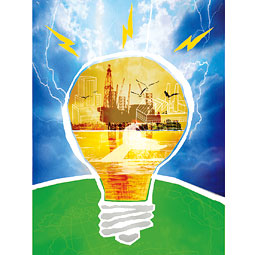A Building Full of Answers
Maybe it’s their nondescript building, one of a row of identical structures just off of Plum Street on the way into Olympia. Or maybe it’s their curious history, once a government entity, then oddly tossed to the budget dogs by an otherwise environmentalist governor. Maybe it’s the fact that it’s with Washington State University Extension, but doesn’t really cost us anything. Or maybe it’s all those 800 numbers connecting it to the outside world. And then again, maybe it was just me.
I’ve got to admit, I just didn’t understand the WSU Energy Program until I stopped in for a visit late last summer. Not … » More …

